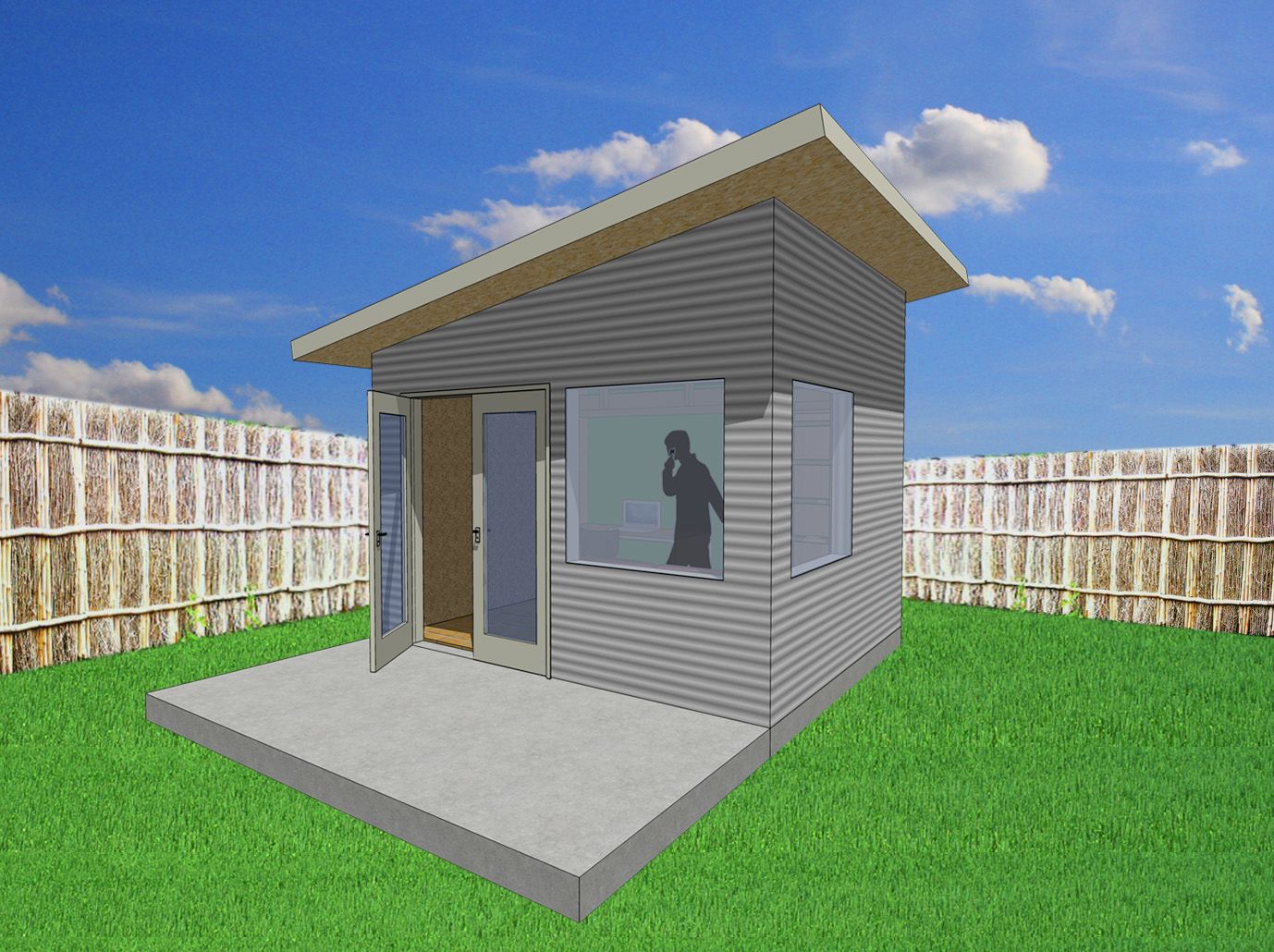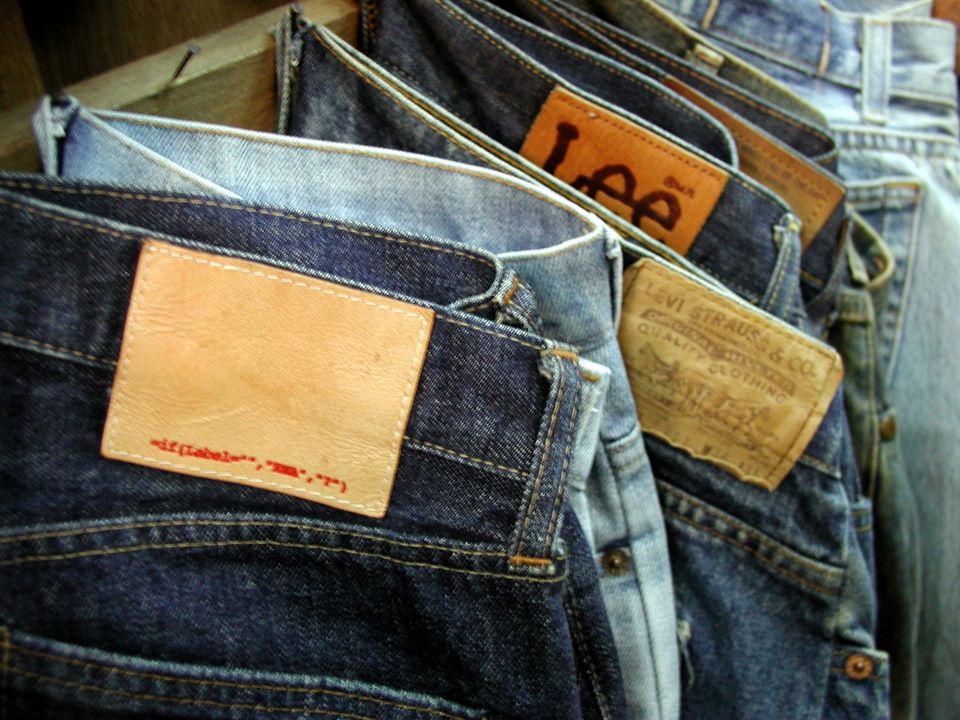
Margaret Smith is the founder and CEO of Clean Green Studios, a for-profit company that couldn’t have appeared at a better time. They combine great design with sustainable construction, and all with an eye toward creating sustainable dwellings for people in developing nations. Below, we talk with Margaret about how Clean Green Studios got started.
For more on Hope Studios and Hope Shelters, visit the Clean Green Studios website, or visit them on Virb, Twitter, or Margaret’s LinkedIn page.
Tell me a little bit about the “seed” of the idea for Clean Green Studios.
I’ve been a writer most of my life, and though that’s fun, it’s a solitary occupation. I’ve always been happiest when working with beautiful people in poverty in Latin America, combining my passions of design and social justice.
For years I wondered how to make those twin passions of design and social justice work into a career. In 2007, my son Eric came back to the States from a trip to Central America, with the most amazing photos and videos of a garbage dump community of 1600 people called La Chureca, Nicaragua. The images touched me, especially as I thought of the kids who live in nothing but cardboard, bent tin and other nailed-together trash.
As I thought about what I could do to help the people, I started sketching out a design for a small, sustainable house that could be built by volunteers. With the house would come several attached modules, such as a rain catchment and water filtration system for fresh water. I called it Hope Shelter. That was the seed of the company, and in March 2008 we became a limited liability corporation, designing green products with the world in mind.
What’s a Hope Studio? Who designed them?
Think of a Hope Studio as a backyard retreat that reminds you of your favorite treehouse. It’s a 120-square-foot studio for creativity: art, woodworking, writing, music and entertaining friends. It has French doors, two large windows, a storage loft and built-in bookcase.
A Hope Studio is a small, sustainable backyard studio that I designed with Sebastian Collet, who studied sustainable architecture at the University of Oregon. Right now on the website you’ll see the company’s first green product, a set of blueprints for Hope Studios, with architectural renderings showing exterior and interior. (See photo below.)
Most of the materials have sustainable features (such as galvanized steel, with about 25% recycled content) and are available at large building supply companies. We ship you the blueprints with a supply list. You and your contractor shop for materials at your building supply store. This keeps it local, which of course is another mark of sustainability.
When someone buys blueprints for a Hope Studio, we will send (when available) blueprints for a Hope Shelter to a non-profit that builds homes in a developing nation.
What’s a Hope Shelter? Who designed them?
Hope Shelters are built on basically the same footprint as Hope Studios, with different features. In contrast to Hope Studios, a Hope Shelter is a permanent dwelling for people in developing nations. Whereas in America, green features like stick-on LED lights are something of a fun item, green building and green energy just make great sense in developing nations, since so many families there need sustainability in every part of their lives: food, water, shelter and energy.
As with Hope Studios, we’re just selling the blueprints and supply list for Hope Shelters, not the materials. People shop for materials at their own local building supply store. Right now we are putting the finishing touches on blueprints for Hope Shelters.
These blueprints will be available for sale to groups of volunteers who want to build sustainable homes in Latin America. The groups can take the supply list to pick up materials at a building supply store before heading off to the site with a contractor. We see this as a green alternative to stick-built homes that we Americans normally build for families in Tijuana and other areas in poverty. With Hope Shelters, there’s less wood in the construction, less construction waste, and more features for the family to sustain a livelihood, once the team has left the families in their new homes.
Why would a person want to build a Hope Studio?
I see it as a chance for Americans to have a necessary place away from home, to create and rest. It may be in their backyard, or it may be on a piece of property that’s been waiting for a quiet retreat.
Our first buyer bought a Hope Studio as a quick green getaway to build on her riverfront property in Washington State. Her adult siblings and her mother live near the property. After she drives 3 hours from her house to spend time with them, she retreats to her Hope Studio to read, watch the birds and get some time to herself.

Who will be living in the Hope Shelters?
I often picture a small family in Tijuana – maybe a couple with a child. The child can sleep in the loft, while the couple sleeps in a hammock below, or the other way around. The hammock can be stored during the day, making more living space. A small stove and sink can be built on the deck, and a compost toilet takes care of things in the outhouse in back.
In 1998 on an old dumpsite in Tijuana, while surrounded by kids watching my every move, I made a mosaic with broken glass and pottery in the drying cement of a daycare center we’d just built, called Casa de Esperanza, House of Hope. They all gathered around, pointing and asking, “Quien es? Who’s that?” Not what’s that, but *who*? I asked each kid’s name and pointed to a shard in the mosaic, saying, “Este es Maria. Este es Juan. This is Maria. This is Juan.” The mosaic became a happy sun surrounded by flecks of light in the multicolored sky. When I look back and try to find a defining moment for Clean Green Studios, that’s it, ten years before I started the company.
Who runs Clean Green Studios?
It’s actually just me right now. Sebastian has his own green building design company, and I’ve hired him to co-design Hope Studio and Hope Shelter. I’m happy to have advisory board members I can call on when necessary, but they have their own busy companies to attend to. Clean Green Studios has some great social networking going on with Twitter, Virb and LinkedIn, and I’ve found encouraging people there, from Russia to Scotland to New York and Portland. In Portland, the company belongs to Clean Tech Alliance and Oregon Entrepreneurs Network.
As CEO, creative director and all-around organizer of Clean Green Studios, I’m looking for some great people to partner with. In particular, I need a great chief operating officer right now, as well as a development director. We are seriously ramping up!
What’s your vision for the future of Clean Green Studios?
We create green products that make the world spin more smoothly. That’s our mission; it’s not just something pretty to say. This whole thing started just because I wanted to make something beautiful and useful for impoverished people in other parts of the world, and it’s amazing to see it coming to pass.


